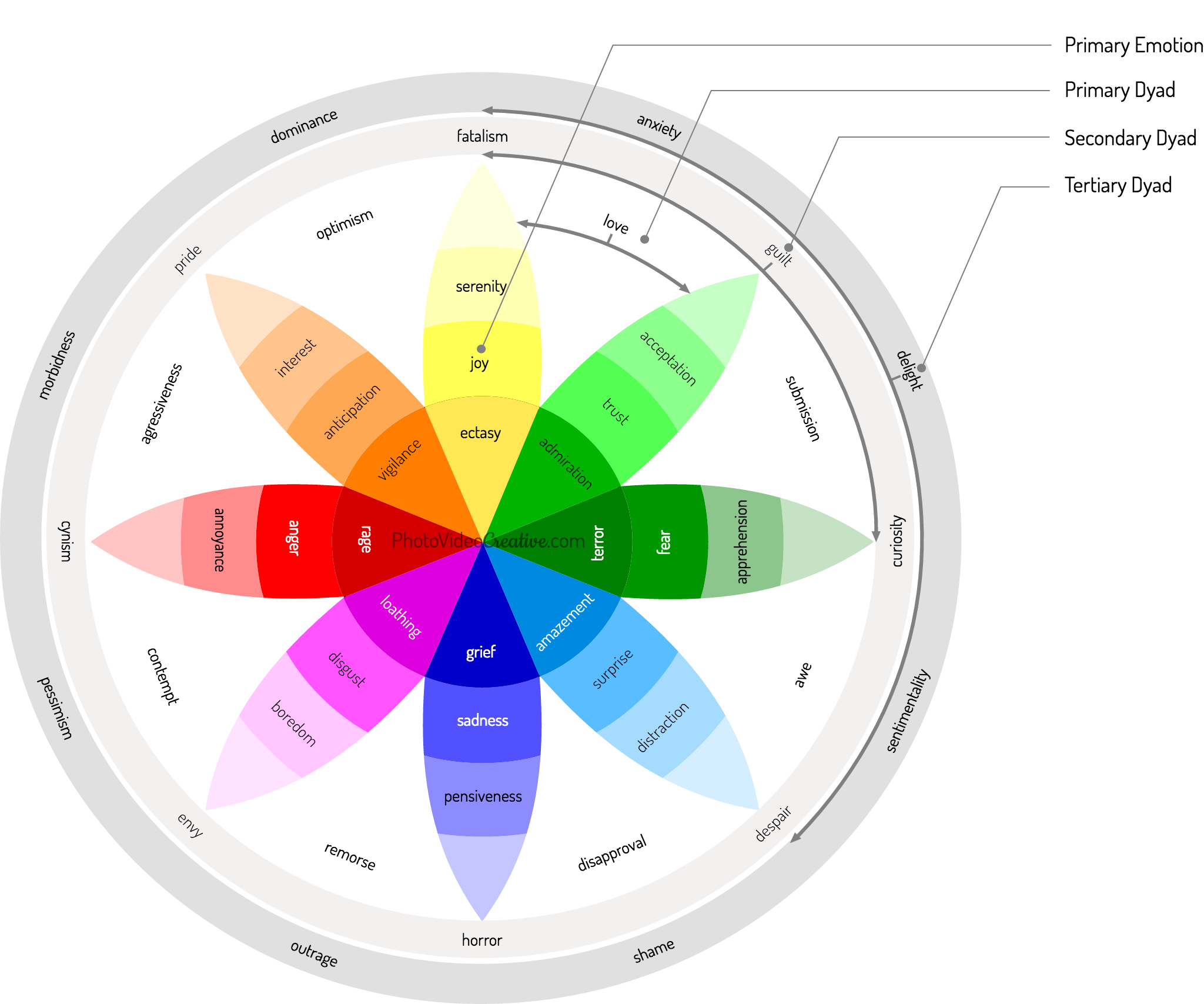Why do you take photos? What is the link with remembering your emotions? What do you really look for when you take a picture? Certainly, there is your will to remember, to keep a record of a moment lived, to transmit to your family an intimate legacy.
But do you not forget something deeper behind these first explanations?
I will share with you:
- The link between your need to photograph and your emotions
- How psychology explains the importance of emotions
- How emotions separate a great photo from an ordinary photo
Photography As The Mirror Of Our Emotions
What do most people do when they take a picture or video?
As a French survey has shown, people are with their spouse, their children, their parents, their friends, at home, or on a trip and they photograph them when they are happy to run, jump, laugh, share their joy on a birthday, a religious or social event, a wedding, a school party, an end of year show or a weekly sporting event.
Or they photograph their environment by wanting to show their delight in front of a landscape, their surprise in front of an unusual architecture or their curiosity inside a foreign country.
You take photos because you want to keep a record that you want the most faithful of these small and great moments of your life that make your history. More precisely, by looking at your photos and videos, you want to rediscover the emotions you felt when you shot those pictures.
Making photo and video are popular because we did not find simpler, yet more effective way to capture our emotions.
An image always acts as a powerful trigger of your emotional memory. Even a mundane or awkward picture will always reminisce the emotions of the moment for you as a photographer.
Additionally, we like to share the story of our emotions with our entourage.
Again, what better supports for this today, if not photos and videos? Social networks are the glaring proof of that (see my post “Is The Smartphone A Catastrophe For Photography?”).
Why Are Emotions So Important For You?
The American pyschologist Robert Plutchik founded a theory on the nature and purpose of emotions. In its broad outline, his theory of emotions identifies 8 primary emotions:
- Joy and Sadness,
- Confidence and Disgust,
- Fear and Anger,
- Surprise and Anticipation.

Plutchik justifies the existence of primary emotions as necessary reactions for the survival instinct of animals. This essential function of emotions would have followed evolution of animal species to human:
- If we feel fear, then we will flee in front of a threat
- If we feel joy, then we will want to repeat what has caused it
- If we are aggressive, then we feel stronger to overcome the enemy
- And so on.
In other words, emotions are fundamental to the feeling of being alive and the desire to remain alive.
If you take photos and videos to capture and share your emotions, it is somewhere to prove that you are alive.
The Key Difference Between A Great Photo And An Ordinary Photo
In the insatiable quest to collect their experiences, not all photographers succeed in capturing and restoring their emotions in their intensity and richness.
This is where your creative skill or even your artistic genius comes in as a photographer!
Many beginner photographers make the mistake of confusing the memory of their emotions when looking at their image, and the emotions that are actually perceived by others through this image.
It is easy to recognize a technically failed photo, but it is much harder to admit that one’s photo remains banal. It is the emotional bias of the photographer facing his photos.
Being only a technician mastering all the settings of his camera is not enough. The result will probably be an utilitarian photo: a soulless reproduction of your subject where no emotion will emerge.
On the other hand, being a creative who understands what he feels and knows how to choose the right photographic techniques to exalt his emotions, is the key to making better pictures.
Becoming a better photographer is being critical to distinguish the memory of emotions you felt, from your ability to capture and share emotions in your photo. Your photo will be way better, if the memory of your emotions overlaps with the photographed emotions.
What Do You Think?
Did you ask yourself why are you taking photos? Does my answer resonate in you?
Leave me your comment, I will answer with pleasure.
Do you like what you’ve read? Share this article with your loved ones!